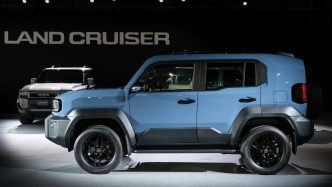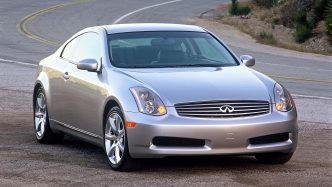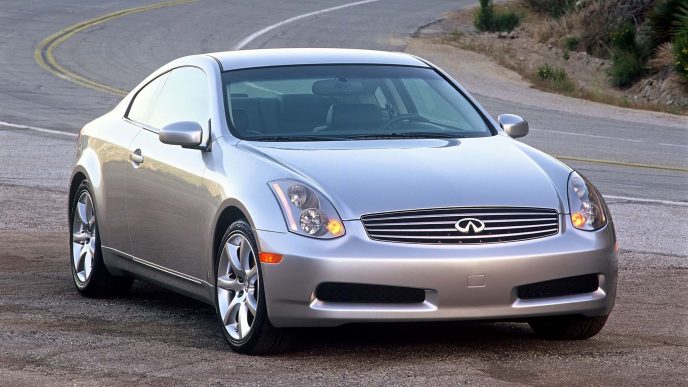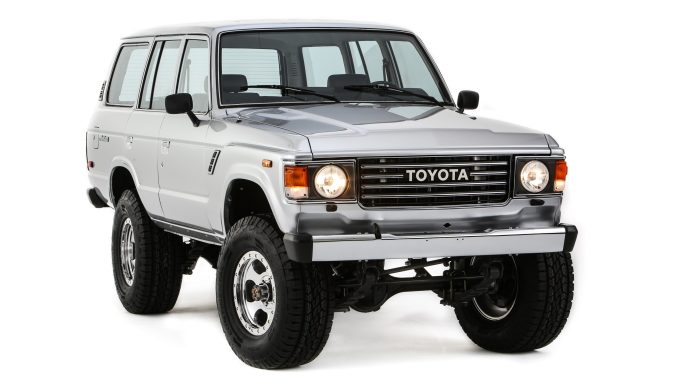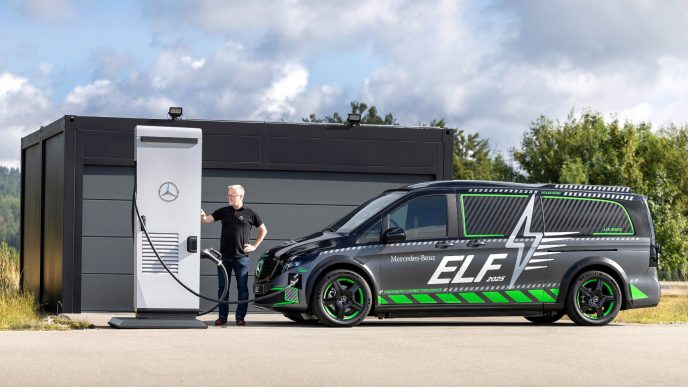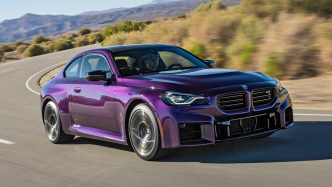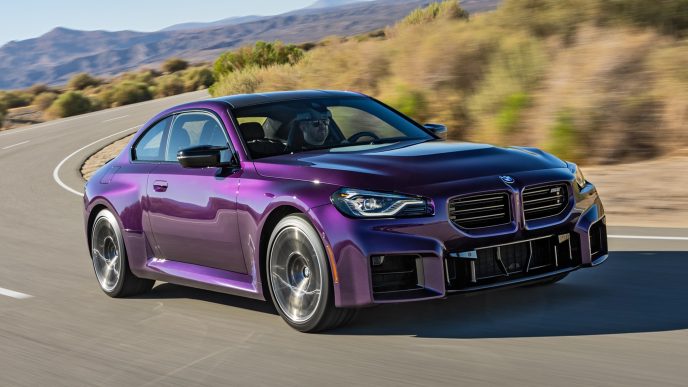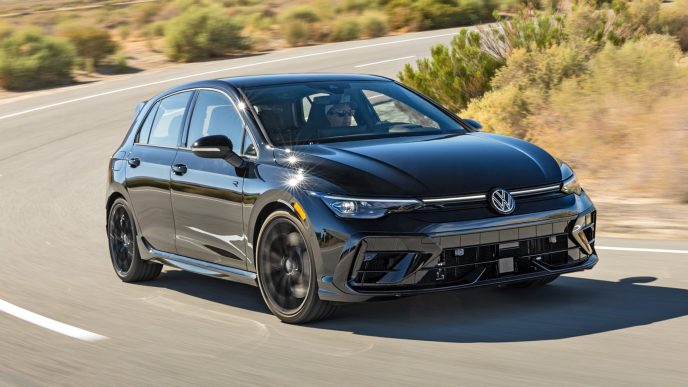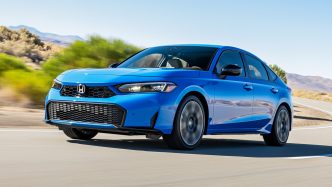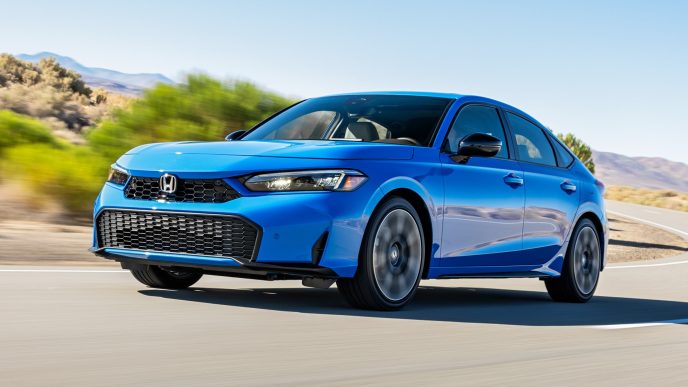While the name might bring back memories of Toyota’s beloved FJ Cruiser, the freshly unveiled Toyota Land Cruiser FJ is a different beast altogether. Revealed as a prototype in Japan, this compact SUV carries rugged boxy lines, modular parts, and customizable panels that speak to Toyota’s adventurous DNA. Unfortunately, it seems this mini FJ revival is intended mainly for Japan and select Southeast Asian markets — leaving fans elsewhere watching from afar.
Just one look at the new Land Cruiser FJ instantly brings back the quirky charm of the original FJ Cruiser, which Toyota sold from 2007 to 2014. That five-door icon — with its rear-hinged “suicide” doors, triple wiper blades, and FJ40-inspired nose — still commands collector-level admiration years after its farewell. The new FJ, previewed ahead of the Japan Mobility Show (formerly the Tokyo Auto Show), doesn’t copy its predecessor’s formula, but it channels the same spirit in a design that fits seamlessly into Toyota’s current rugged lineup.
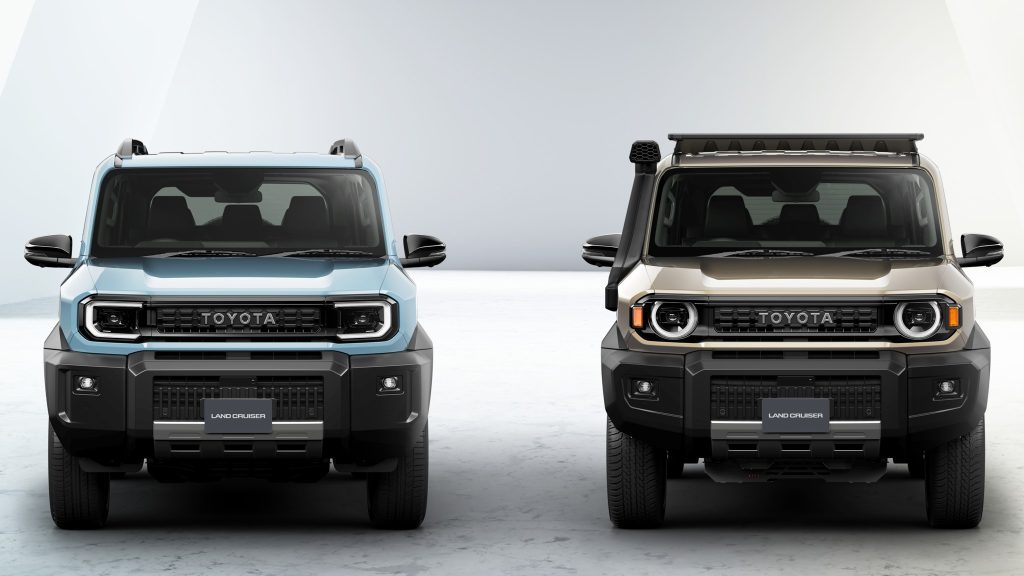
Can It Off-Road?
The fun details of the Land Cruiser FJ — expected to enter production as a 2027 model — go well beyond its playful looks. Toyota clearly designed this compact SUV for those who live beyond the pavement. One of its most thoughtful touches: removable front and rear bumper corners. These can be swapped for high-clearance pieces or replaced easily after a rough encounter with a rock.
Toyota displayed both standard and modified FJ versions, featuring interchangeable bumper caps and two distinct headlight styles. The base model sports squared LED units, while the modded variant features classic round headlights paired with FJ Cruiser-style indicators. It’s a subtle but smart nod that ties the newcomer back to its Land Cruiser roots.
Despite its cute proportions, Toyota insists the Land Cruiser FJ is no soft-roader. With ground clearance and suspension articulation rivaling that of the Land Cruiser 70 Series, it’s built for more than city streets. Toyota hasn’t said whether the benchmark was the pre-1998 leaf-spring model or the later coil-spring version from 1999, but either way, that’s impressive company. Sharing its platform with the Hilux Champ, the new FJ remains a true body-on-frame SUV — a structural advantage for serious trail duty.

A Potentially Cargo Friendly Interior
Toyota hasn’t detailed cargo volume yet, but the five-seat cabin seems cleverly tailored for utility. Among its neat touches are MOLLE (Modular Lightweight Load-Carrying Equipment) panels — a military-style gear system that lets you strap or clip bags and accessories in place. It’s a small touch that turns the rear cargo area into an organized, adventure-ready workspace.
How Does It Compare to the 2026 Jeep Cherokee?
The Land Cruiser FJ rides on a 101.6-inch wheelbase, stretches 188.0 inches long, and spans 73.0 inches wide — making it noticeably smaller than the upcoming 2026 Jeep Cherokee Hybrid. In fact, it’s 11.4 inches shorter between the axles, 8.0 inches shorter overall, and 1.7 inches narrower. Power comes from a 2.7-liter 2TR-FE inline-four producing about 161 hp and 181 lb-ft of torque, compared to the Cherokee’s 1.6-liter turbo-hybrid setup delivering 210 hp and 230 lb-ft combined. But the Toyota’s conventional six-speed automatic and part-time 4WD system stand in contrast to the Cherokee’s eCVT with a rear power take-off. And without the extra weight of hybrid hardware, the FJ should tip the scales considerably lighter.
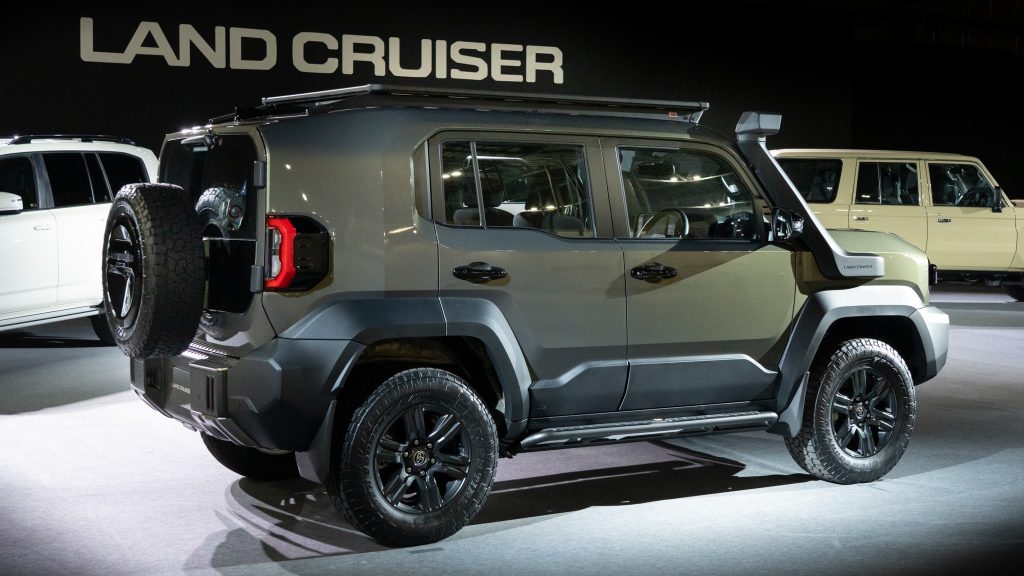
It’s Not Coming Here, Is It?
Sadly, that comparison might be purely academic for U.S. buyers. When asked, Toyota declined to confirm any North American launch plans for the Land Cruiser FJ. Given that it rides on Toyota’s IMV platform — a foundation mainly used in markets like Thailand, Indonesia, Argentina, and South Africa — the odds don’t look good. The prototype’s right-hand-drive setup only reinforces the point. Like the compact Hilux Champ before it, the new FJ seems destined to remain a distant dream for American fans.
Between nostalgia and innovation, the Land Cruiser FJ bridges Toyota’s past and future — a small SUV built with big heart and even bigger capability. It’s a reminder that great design often comes in compact, boxy packages, even if some of us will only get to admire it from across the ocean.
